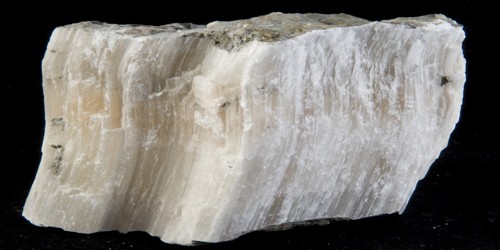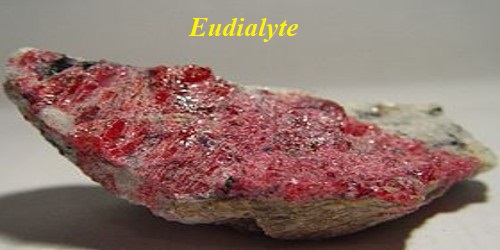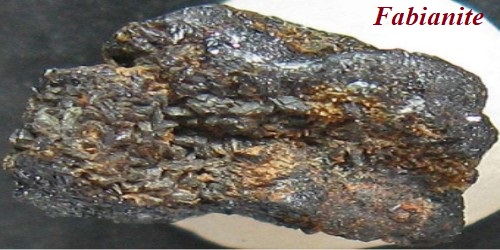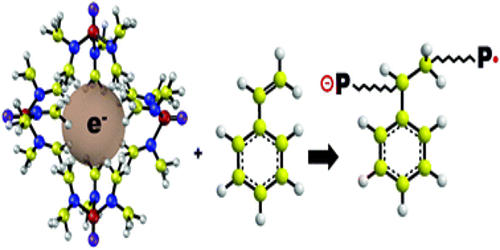Gypsum is a soft sulfate mineral composed of calcium sulfate dihydrate, with the chemical formula CaSO4·2H2O. It is a soft white or grey mineral consisting of hydrated calcium sulphate. It occurs chiefly in sedimentary deposits and is used to make plaster of Paris and fertilizers, and in the building industry. It is widely mined and is used as a fertilizer, and as the main constituent in many forms of plaster, blackboard chalk and wallboard.
General Information
- Category: Sulfate minerals
- Formula: CaSO42H2O
- Crystal system: Monoclinic
- Crystal class: Prismatic (2/m)
- Space group: Monoclinic

Fig: Gypsum
Properties
It is a major rock forming mineral that produces massive beds, usually from precipitation out of highly saline waters. Mohs scale of mineral hardness, based on scratch hardness comparison, defines hardness value 2 as gypsum. It forms as an evaporite mineral and as a hydration product of anhydrite.
- Color: Colorless to white; may be yellow, tan, blue, pink, brown, reddish brown or gray due to impurities
- Crystal habit: Massive, flat. Elongated and generally prismatic crystals
- Tenacity: Flexible, inelastic
- Mohs scale hardness: 1.5–2 (defining mineral for 2)
- Luster: Vitreous to silky, pearly, or waxy
- Streak: White
- Diaphaneity: Transparent to translucent
- Specific gravity: 2.31–2.33
- Optical properties: Biaxial (+)
Occurrence
Gypsum is deposited from the lake and sea water, as well as in hot springs, from volcanic vapors, and sulfate solutions in veins. Hydrothermal anhydrite in veins is commonly hydrated to gypsum by groundwater in near-surface exposures. It is also formed as a by-product of sulfide oxidation, amongst others by pyrite oxidation, when the sulfuric acid generated reacts with calcium carbonate. Its presence indicates oxidizing conditions. Under reducing conditions, the sulfates it contains can be reduced back to sulfide by sulfate-reducing bacteria.
It is often associated with the minerals halite and sulfur. Gypsum is the most common sulfate mineral. Pure gypsum is white, but other substances found as impurities may give a wide range of colors to local deposits.
Information Source:
















